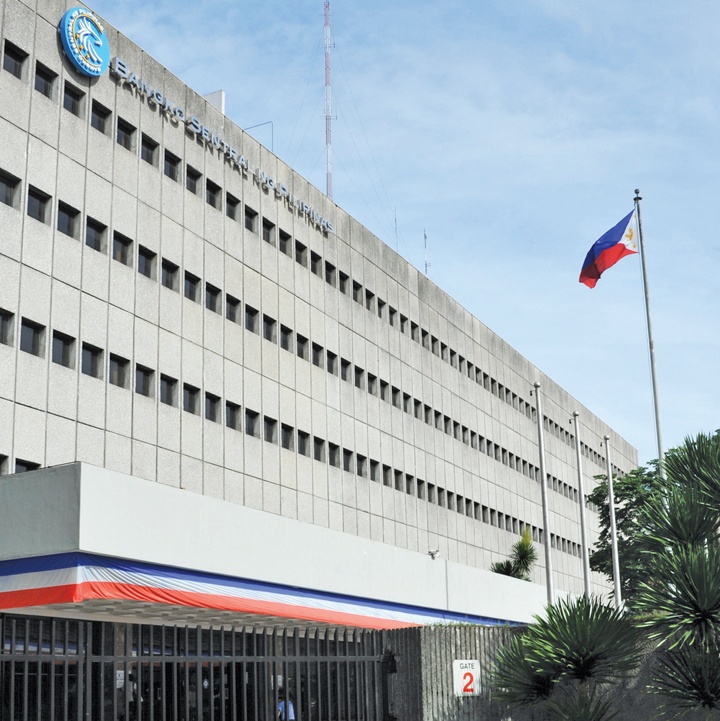
LOCAL bank lending entered negative territory at 2020’s close, registering the system’s first decline in 14 years.
Data released by the Bangko Sentral ng Pilipinas (BSP) on Wednesday showed that the outstanding loans of universal and commercial banks declined by 0.7 percent in December 2020, further decelerating from the 0.5-percent growth seen in November.
December was the ninth consecutive month that bank lending has slowed in the country despite aggressive efforts of the BSP to cut interest rates and boost liquidity conditions. In comparison, the Philippines’s bank lending growth rate was at 13.6 percent in March 2020, when the lockdowns forced by Covid-19 began.
Theoretically, central banks use interest rate cuts to boost the economy as the lower interest rates translate to the market as lower financing costs, thereby creating an encouraging environment for borrowing and investment.
In 2020, the BSP aggressively cut its interest rates to spur activity in the local economy. In total, the Central Bank cut its rates by 200 basis points to push its overnight reverse repurchase rate at an all-time low of 2 percent.
The last time that Philippine bank lending crashed into the negative territory was in September 2006, when it hit a contraction of 1.9 percent.
“Overall, lending remained tepid as banks continued to be risk-averse amid the ongoing pandemic,” the BSP said in a statement.
Broken down, consumer loans grew in December, albeit at a slower rate of 4.4 percent from 7.1 percent in November. The slowdown in consumer lending was seen across the board: from credit-card loans and motor vehicle loans to salary-based consumption loans.
Loans toward the production sectors, however, continued to decrease: wholesale and retail trade and repair of motor vehicles and motorcycles registered a 6.8-percent decrease in loans; manufacturing hit a 5.2-percent decline; and financial and insurance activities loans decreased by 4.6 percent.
Outstanding loans to non-residents also declined by 20.3 percent during the month.
The decline could have been larger, if not offset by growth in some major production sectors. Loans to real estate activities, for example, grew 5.3 percent during the month. Loans to the electricity, gas, steam, and air conditioning supply sector also expanded by 3.8 percent. Loans to the information and communication sector also grew 5.3 percent while transportation and storage sector loans expanded 5 percent.
The biggest loan growth during the month was towards the human health and social work activities sector, which welled by 49.2 percent in December.
Overall cash supply in the economy was also pulled down by the tepid lending activity during the month.
In a separate statement, the BSP said domestic liquidity—which is broadly measured as M3—grew 9.5 percent in December to hit P14.2 trillion. This is slower than the 10.5-percent growth in the previous month.
No quick recovery in sight
In a commentary after the release, ING Bank economist Nicholas Antonio Mapa said bank lending is not expected to bounce back anytime soon.
“With non-performing loans on the rise and the job market in shambles, we can expect bank lending to remain in contraction for the next couple of months as both consumer and corporate demand may be subdued given the dour economic outlook,” Mapa said.
As an effect on the economy, Mapa warned that stalling bank lending foreshadows a slow recovery in capital formation, a key sector in the Philippines recent growth numbers.
“Missing the extra punch coming from capital formation, growth prospects continue to hint at a sluggish recovery path, despite headline-grabbing 2021 GDP growth rates,” Mapa said.
With anemic bank lending and slow capital formation, Mapa said real recovery to pre-Covid levels may actually come later than expected.
“The drive to return to pre-pandemic levels of GDP will likely be pushed back further to end 2022 or early 2023 with capital formation impaired by floundering consumer and business sentiment,” Mapa said.
